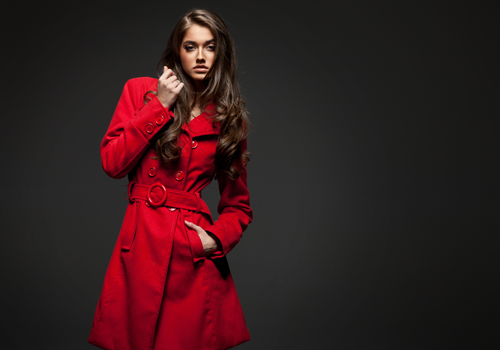The last month of the year is usually the coldest and that means one has to stay bundled up all the time. But bundled up doesn't mean you need to sacrifice the style quotient! Darker colours such as ruby, burgundy, forest green, navy blue, military green, charcoal grey, etc. go amazingly well with the textures of winter.
The colours in style always reflect the world outside, and these shades reflect the winter and upcoming festive mood perfectly. You could also incorporate a Christmas theme and base outfits around those shades. Materials like wool, suede, velvet or leather are more prevalent and highlight the beauty of any of the colours mentioned above!
